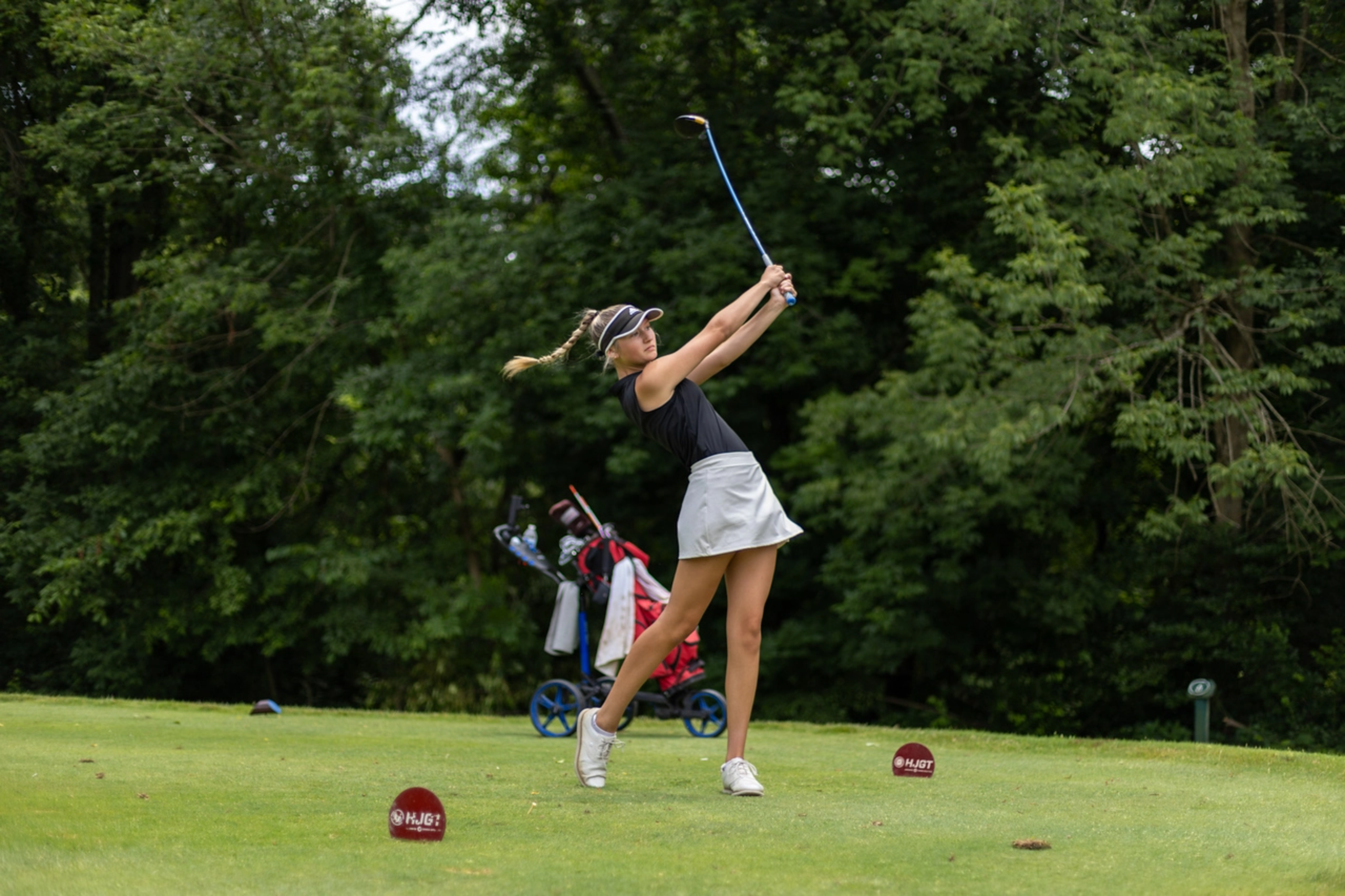By Rex Grayner, SVP of Business Development at Hurricane Junior Golf Tour

Everyone is talking about burnout in the workplace, but very few people are talking about burnout in kids, especially kids who play competitive sports.
We should be.
Because it’s happening. Right in front of us.
Maybe you’ve noticed it. Your once-excited junior golfer doesn’t want to practice anymore. They’re dragging their feet to tournaments. There’s no joy in the game, just a quiet sense of obligation and stress.
We brush it off.
“They’re just tired.”
“It’s just a phase.”
“They’ll snap out of it.”
But sometimes, they don’t. And if we’re not careful, we miss the signs. Or worse, we unintentionally help push them further into it.
The truth is: burnout in youth sports, including junior golf, is real. And it’s not because kids are weak. It’s because the system isn’t built to protect their well-being. It’s built to reward performance.
And when performance becomes the only measure of success, joy quietly exits the game.
What Burnout in Junior Golf Looks Like
It’s not always obvious. Burnout doesn’t announce itself with fireworks. It shows up in small ways that are easy to dismiss. According to the American Academy of Pediatrics (AAP), burnout is part of a wider issue known as overtraining syndrome, where young athletes experience a decline in performance and emotional well-being due to too much physical or mental stress without adequate recovery.
Here are some common warning signs:
- Loss of interest in practice or tournaments
- Mood changes, especially irritability or sadness
- Physical fatigue that lingers, even with rest
- Increased injuries or soreness
- Sleep disruptions
- Heightened anxiety before events
- Drop in academic performance or focus
One of the biggest myths is that kids will “just bounce back” after a short break. But as the AAP notes, burnout is often the result of long-term pressure, over-scheduling, and lack of autonomy. And it can take more than a weekend off to repair.
Why This Happens in Golf (More Than You Think)
Junior golf can be especially tricky. There’s no off-season. Rankings are year-round. Many families build summer vacations around tournaments. And with college recruiting starting earlier and earlier, it can feel like every shot, every round, every event matters.
As a result, kids start to feel more like mini-professionals than developing athletes.
The AAP strongly cautions against early sport specialization, recommending that young athletes delay focusing on a single sport until at least puberty. But many junior golfers play year-round, chase rankings, and log more competitive reps than some college players, all before they’ve entered high school.
We don’t need to hit the panic button. But we do need to pay attention.
How to Help Your Child Not Burn Out
Burnout isn’t something you fix with a pep talk. It’s something you prevent by designing a healthier environment, one where your child’s passion can grow without pressure suffocating it.
Here’s how to start:
1. Redefine Success
Not every round needs to be about scores or scholarships. Teach your child that success can mean learning something new, bouncing back from adversity, or simply enjoying the game.
The AAP emphasizes that fun is the #1 reason kids play sports, and the lack of it is the #1 reason they quit. Protect the fun.
2. Build in Breaks… On Purpose
Take true time off. Rest isn’t a luxury. It’s a necessity. According to AAP guidelines, athletes should take 1-2 days off per week from organized training and at least 2-3 months off per year from their main sport to recover physically and mentally.
That’s how passion gets room to breathe.
3. Encourage Multi-Sport Play
The AAP recommends young athletes participate in multiple sports during early development to avoid overuse injuries and psychological burnout. Even if golf is the primary focus, mixing in other sports or free play builds better athletes and better mental health.
4. Let Them Take the Wheel
Autonomy matters. When kids feel like they have control, like choosing which tournaments to play or when to rest, they’re more likely to stay motivated and engaged.
The AAP calls this “athlete ownership,” and it’s a key protective factor against burnout.
5. Have the Hard Conversations
Ask your child how they’re really feeling. Normalize talking about stress, anxiety, and pressure. Let them know it’s okay to not feel okay, and that they’re more than just a golfer.
It’s not about being soft. It’s about being smart.
The Goal Isn’t Just Performance. It’s Longevity
We all want our kids to succeed. But what good is success if they hate the journey?
The AAP’s message is clear: the path to athletic excellence doesn’t require sacrificing physical and emotional health. In fact, protecting those things is what makes excellence sustainable.
So next time your junior golfer seems off, don’t just push them harder.
Step back.
Slow down.
Ask questions.
The real goal isn’t a college scholarship.
It’s a happy, healthy kid who loves the game for life.




